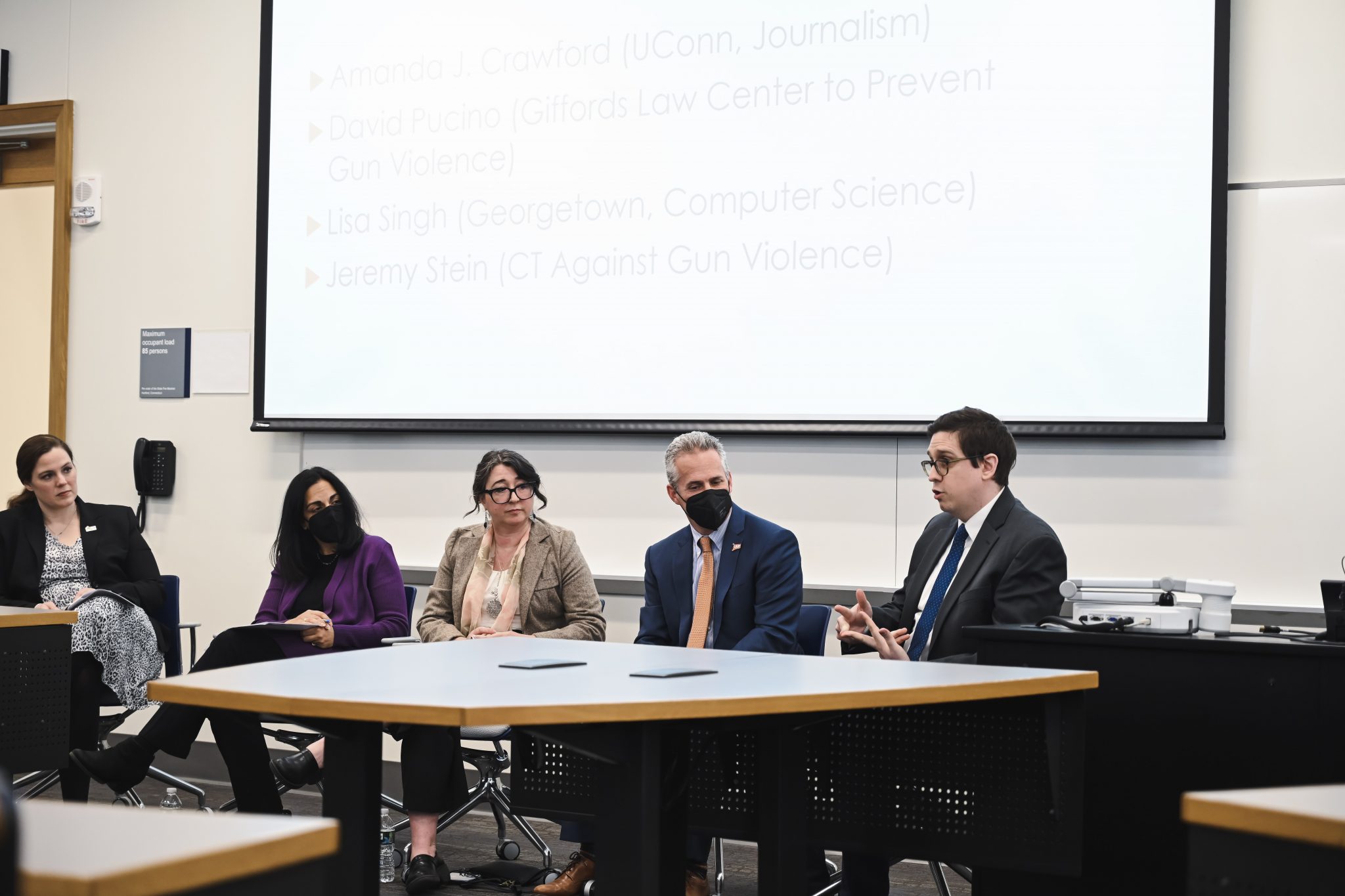
Buffalo, New York. Laguna Woods, California. Uvalde, Texas. In little more than a week, three more places have been added to a uniquely American geography of terror and grief.
In this shadow landscape, all the familiar features of a normal town are present – schools, places of worship, grocery stores, offices – but are here transformed into killing fields and memorials to unimaginable loss.
Each new addition to this grim map also brings a familiar ritual of public angst and political sloganeering. Politicians stand in front of television cameras and say the same things they said after the last massacre, while citizens take to social media and reuse the posts they’ve been sharing multiple times a year, for many years.
The numbing familiarity of those responses can provoke the hopeless conviction that American society is trapped in a perpetual cycle of horror.
The reality is that there are things that can be done, even in America’s polarized climate, to make these massacres – and the steady march of less publicized gun deaths that happen every day – less likely to occur.
UConn faculty members are at the forefront of doing the research and gathering the data needed to approach gun violence differently, and to craft real solutions to the problem. The UConn ARMS Center (Advancing Research, Methods, and Scholarship for Gun Injury Prevention), which includes the Gun Violence Prevention-Research Interest Group, connects scholars, advocates, and policymakers to seek solutions for reducing all forms of gun violence, ranging from mass shootings to suicide to accidental shootings.
ARMS brings together nearly two dozen researchers looking at the issue of gun violence, including Amanda Crawford, assistant professor in journalism, who studies dissemination of misinformation in the context of mass shootings.